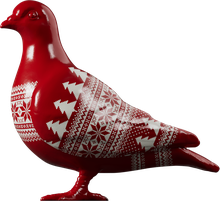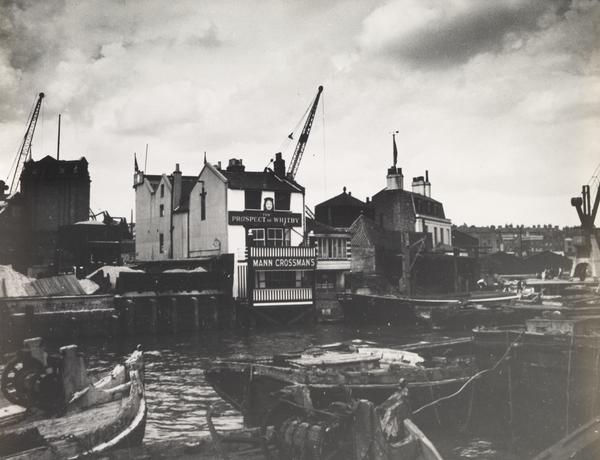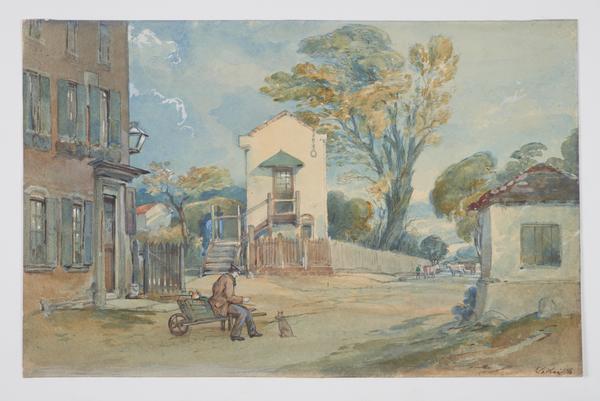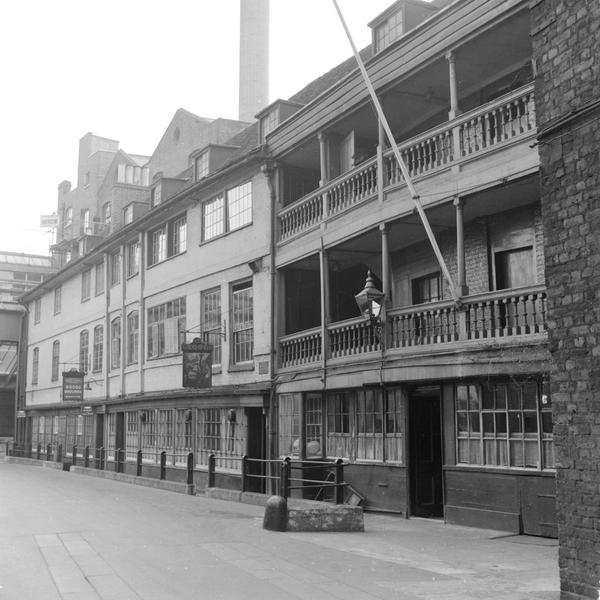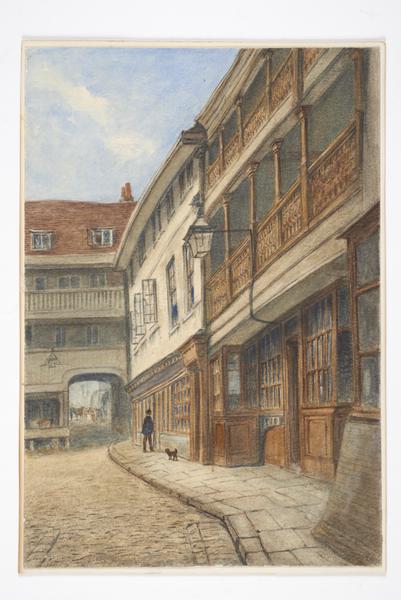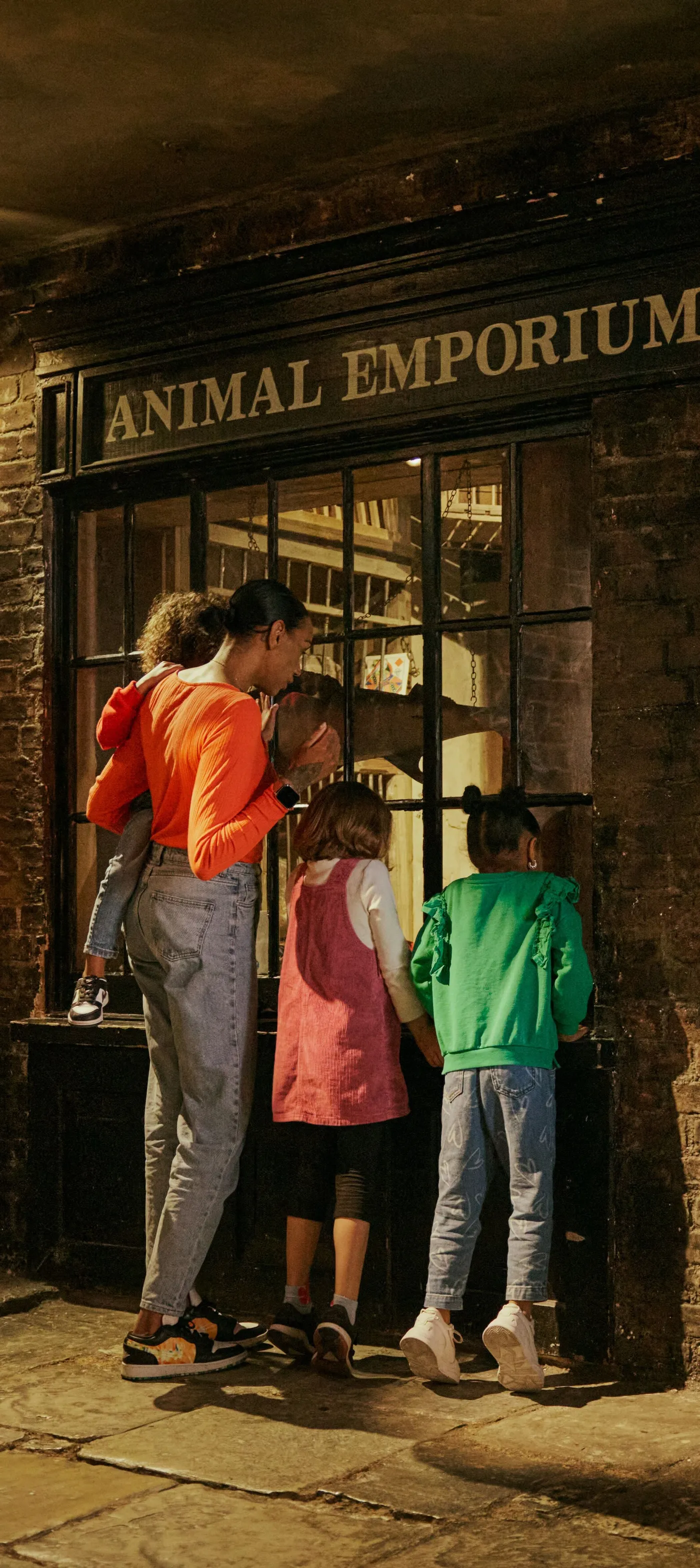London’s historic pubs
The public house is a Great British institution. The capital’s oldest pubs have pulled pints throughout hundreds of years of change, surviving to serve thirsty Londoners today. Their histories take in fires, bombs and every type of customer – including rioters and smugglers. If their walls could talk, they’d spill secrets by the barrel.
Across London
Since the 1500s
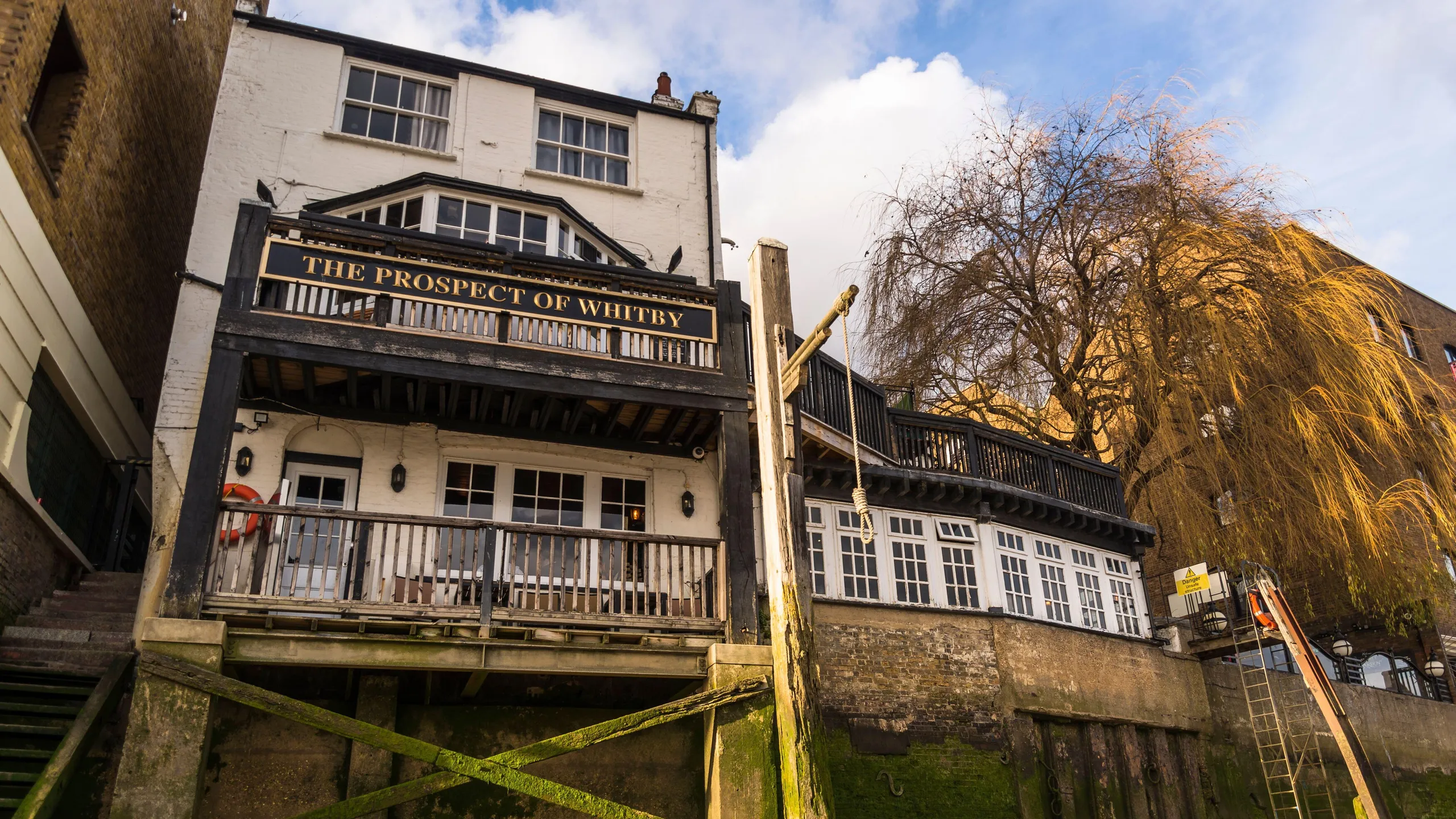
Prospect of Whitby, Wapping
This riverside pub claims to descend from a house built on the site in around 1520. Known as The Devil’s Tavern until 1777, the Prospect of Whitby was the haunt of river thieves and smugglers, as well as writer Samuel Pepys. You’ll still tread across its original flagstone floor on your way to the bar today.
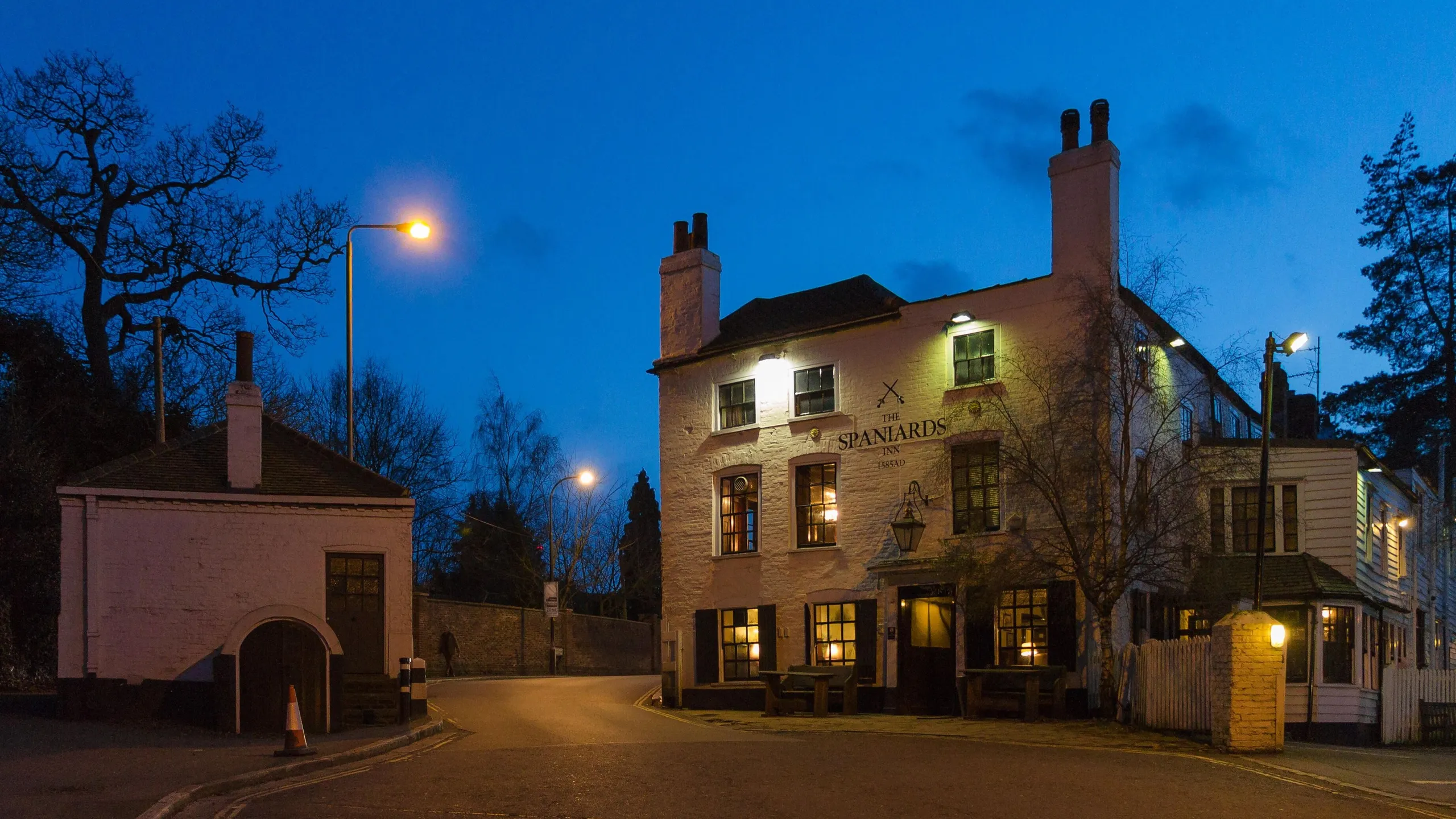
Spaniards Inn, Hampstead
This Grade II-listed 16th-century pub lies on the edge of Hampstead Heath, near an old toll house on the boundary of Finchley. In 1780, rioters involved in the anti-Catholic Gordon Riots stopped off at the Spaniards Inn. The landlord gave them free drinks to keep them occupied until soldiers arrived and disarmed them, stopping them from destroying the nearby Kenwood House. The pub also features in Charles Dickens’ 1837 novel The Pickwick Papers.
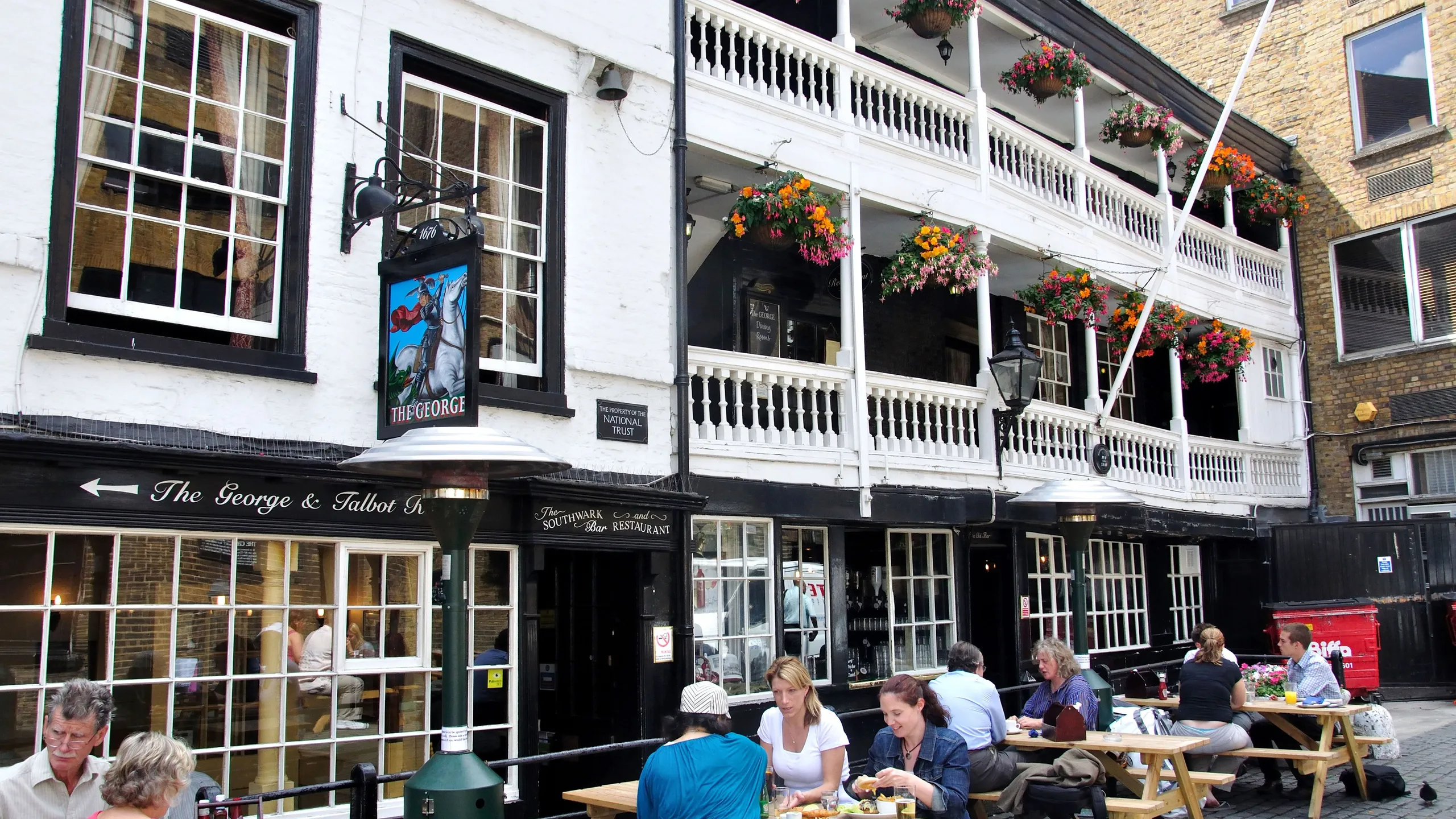
George Inn, Southwark
Found on Borough High Street, the George Inn is London’s last galleried coaching inn. Coaching inns were the start and end point for horse-drawn coaches travelling across the country. They also provided accommodation and meeting rooms for travellers. While the George Inn was first established in the medieval period, the current building dates to 1677 and features a preserved two-storey gallery looking over the courtyard.
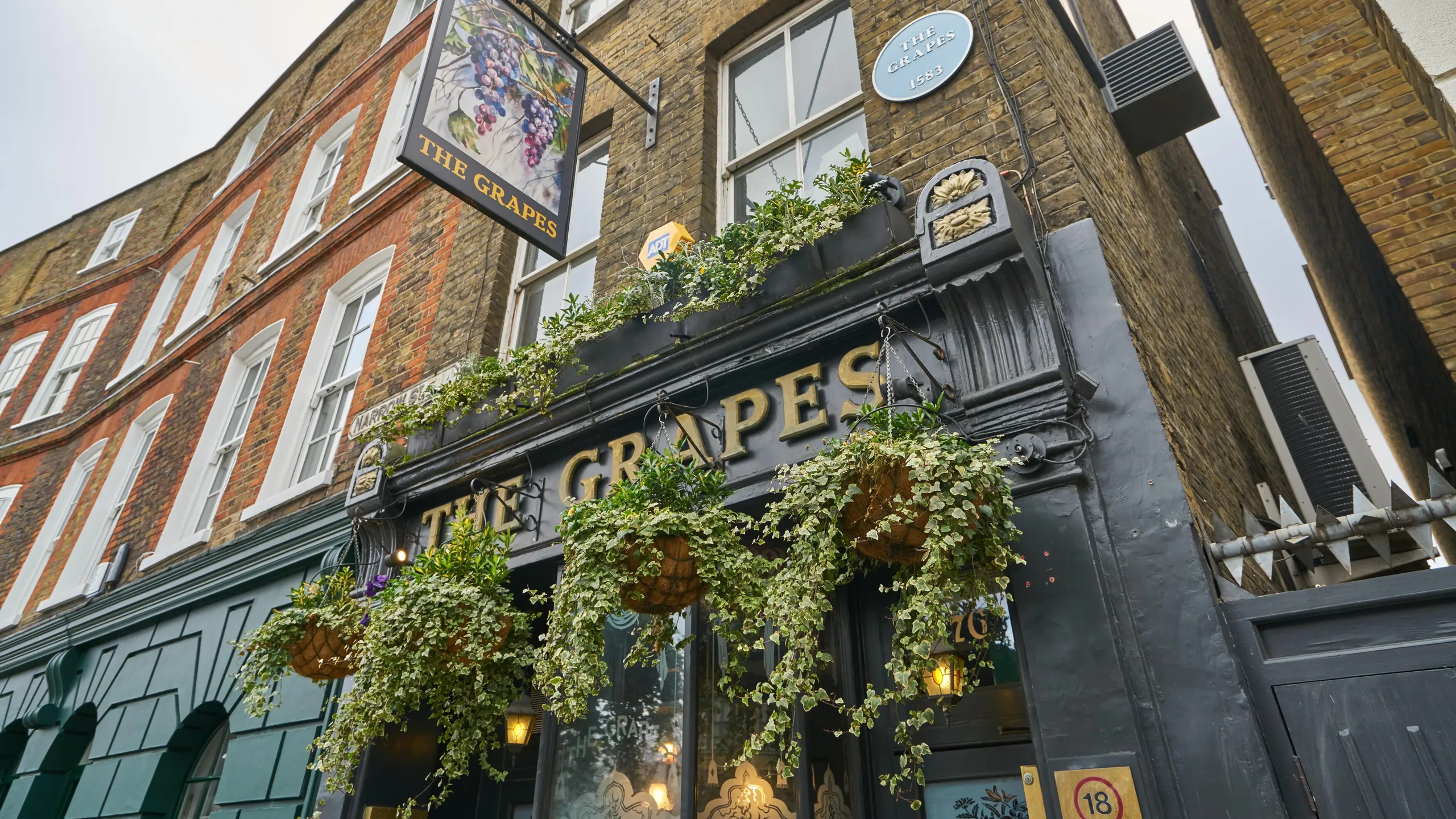
The Grapes, Limehouse
There’s been a pub on this spot overlooking the Thames in Limehouse Reach since the late 16th century. The Grapes’ current building dates from 1720 and once served the dockworkers and sailors in the local shipping industry. It’s now co-owned by actor Ian McKellen, who used to run the pub quiz on a Monday.
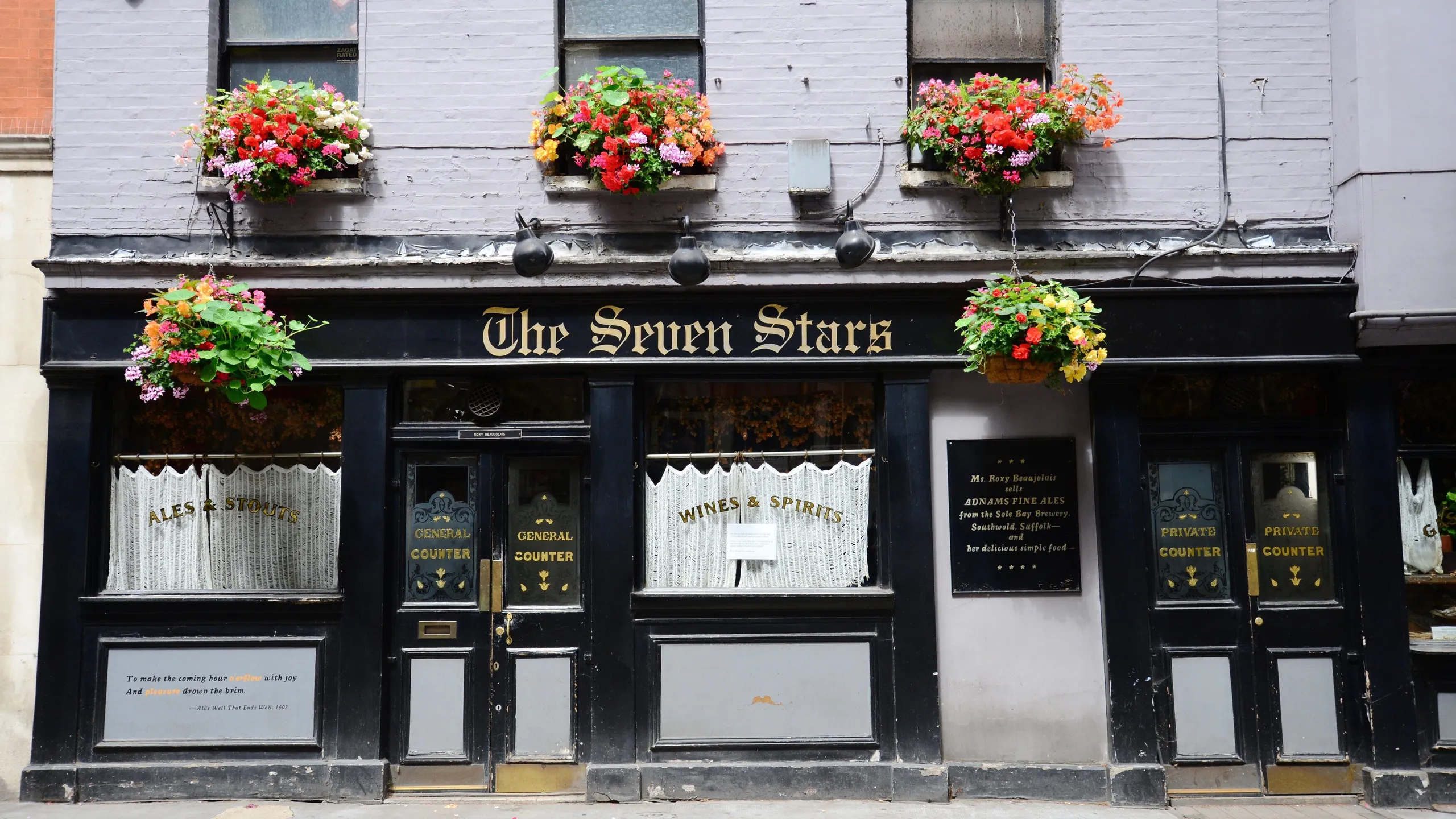
Seven Stars, Holborn
The Seven Stars, previously known as the Leg and Seven Stars, was built in 1602, according to its signboard. It’s been remodelled a few times since then, but this cosy public house is still a rare survivor within central London from before the Great Fire of 1666. The blaze destroyed much of the City of London, but stopped some distance away from the Seven Stars.
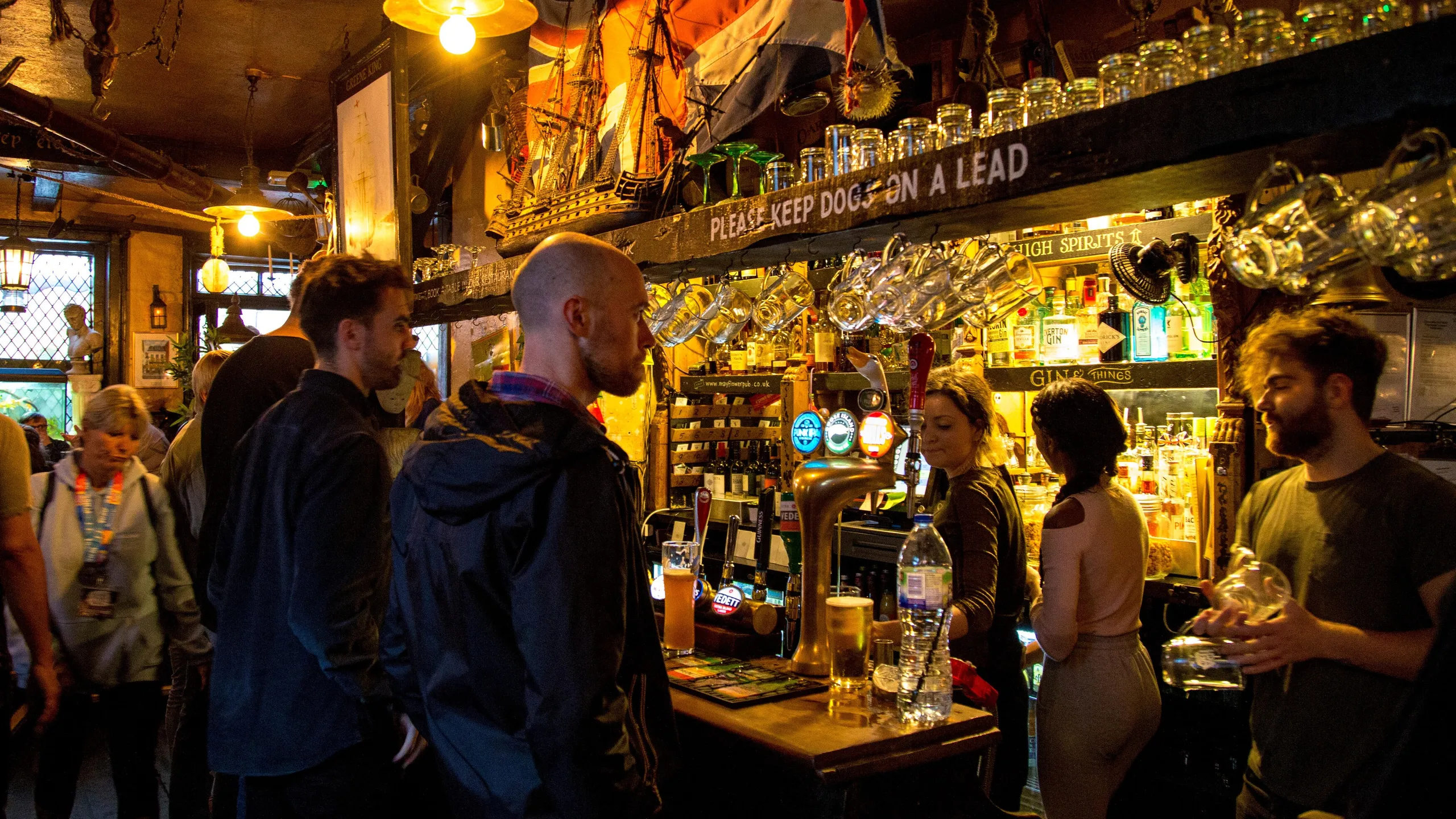
The Mayflower, Rotherhithe
This riverside pub first opened around 1550. It’s been rebuilt at least twice, after being destroyed by fire in 1834 and damaged by bombs during the Second World War (1939–1945). In 1620, the Mayflower ship began its journey from nearby landing steps to North America, carrying the English colonists known as the Pilgrim Fathers. The pub was previously known as The Spread Eagle or The Spread Eagle and Crown, but it was renamed in honour of the ship in 1957.
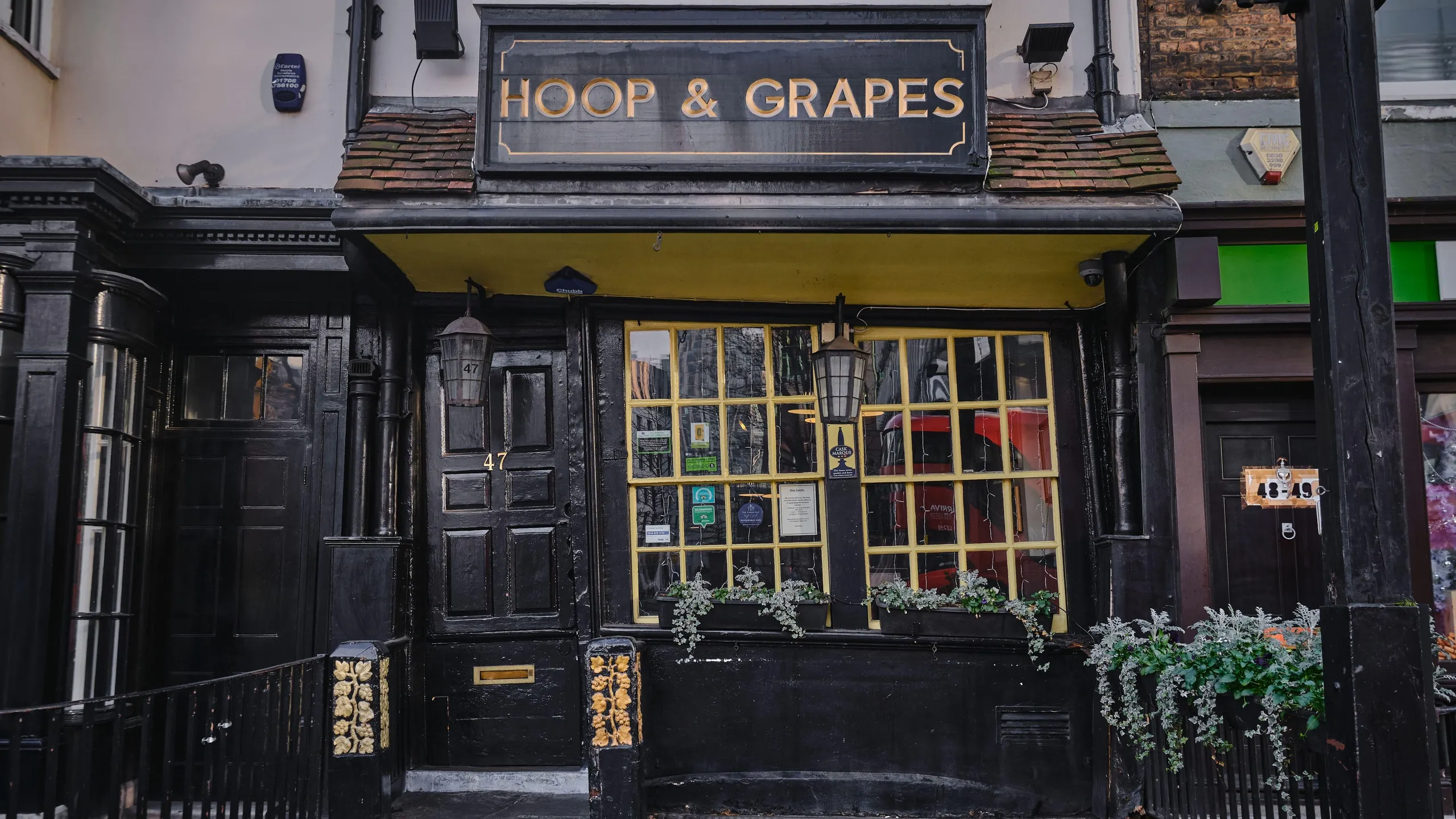
Hoop and Grapes, Aldgate
This Aldgate institution claims to be the oldest licensed house in the City of London. The building probably dates to the 1600s. The pub has a long history of selling wine, and for all of the 1800s, it was run by wine merchants. It also survived the Great Fire, which is said to have stopped just metres from the building. The pub’s wonky timber frame, bent and twisted over time, was saved by restoration in the 1920s.

